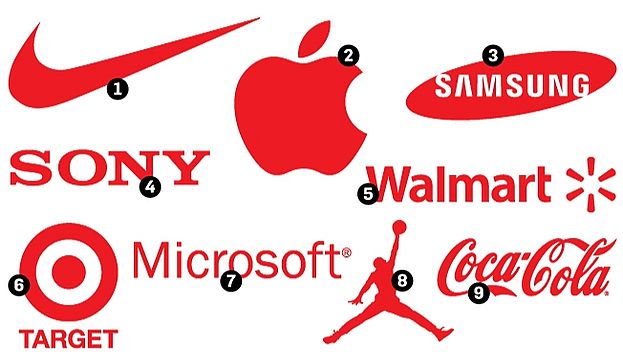What’s the best way for brands to reach out to millennials when it comes to advertising? Sometimes it’s simply best to reach out to them on their own level.
“Ever since youth culture became a defined concept, marketers have been using the unique values of youth as an ‘in’ to young consumers,” according to a study from Havas. However, there’s more to it than that, as the younger generation has changed. Millennials, these days anyway, “have less of an interest in rebellion and revolution,” instead preferring something more in the problem-solving field, according to a new study titled Hashtag Nation.
Said Norty Cohen, founder and CEO of agency Moosylvania, “This is a group that will adopt brands. If you can create a friendship with these consumers, you really take it to the next level. They will go to great lengths to support you.”
Brands aren’t usually taken that seriously, as the study notes that 40 percent of respondents around the ages of 16-24 are quick to note. However, “Today’s youth are significantly more apt than their elders to recognize — and value — the role brands play in their lives,” according to the report.
“Brands also need to recognize that they’re now dealing with a generation of consumers who are much savvier than their parents were at that age,” the study said in its conclusion. “Young people have an innate understanding of marketing and of their value as consumers. And they’re significantly more likely than older generations to believe they have the capacity to help a brand succeed or fail. And why would they think that? Virtually every day they see some evidence of the power of ordinary people to effect change, whether it’s using Twitter to foment a rebellion in the Middle East or using social media to compel a company to behave better.”
Moosylvania’s Cohen was also quickly to add what brand characteristics mean in terms of millennial attention. Marketing “was all based on sort of this militaristic approach: Here is your target, blitz them with media. And now what we’re finding is they don’t want to be blitzed… The tonality has to be in the zone of what’s on this page making people look good, keeping them entertained,” he said. “It’s all about this friendship piece.”
Brands can ease their way in with the right approach. “There’s a lot of personal interaction with this demo. They’re going to look at any kind of social endorsement. TV still has a place, as do magazines.”
In addition to the enormous infographic that Moosylvania prepared below, covering all the basics of how millennials are defined for brand attention, another study indicated a number of tips that content marketers can use trying to reach out to this demographic. They include:
Set the mood. Give them a repository for a particular emotion, or bond over a universal human experience.
Help them escape by giving them a glimpse of the good life, inspiring them, and “reinforcing the millennial values of embracing life and finding happiness along the off-roaded path to adulthood.”
Fuel creativity and play with absurdist mash-ups, artistic installations and carefully curated memes that are the tight fit for a brand’s attributes.
Spotlight pop culture, especially using nostalgia nods, superfandom and celebrity musings.
Help them succeed with how-tos, lifehacks and any content experience that makes them feel smarter.
Help them discover things and see topics in a new light, which “taps into millennials’ desire for discovery.”
What do you think? Is this the kind of outreach needed to attract the millennial audience?

Source: Adweek

